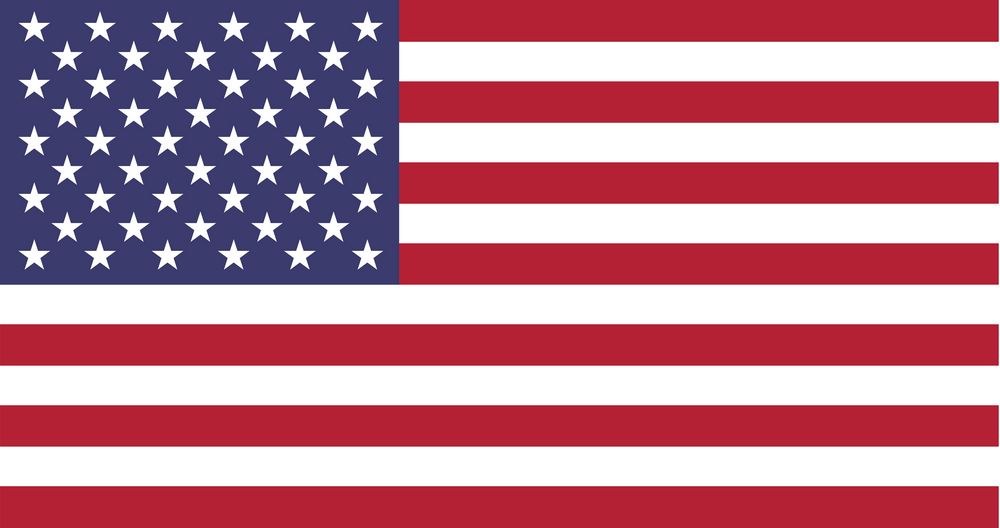The U.S. Food and Drug Administration (FDA) has recently fined two brick-and-mortar and nine online retailers for selling unauthorized tobacco products despite previous warnings, revealed Tobacco Reporter. Each retailer faces a $20,678 penalty for failing to comply. So far, the FDA has filed complaints against 70 manufacturers and 160 retailers for similar violations, mostly in the name of preventing teen vaping, while only approving 34 vape products from the thousands which sent the required PMTAs (Premarket Tobacco Product Applications).
Meanwhile several U.S. states are actively pursuing vape restrictions, particularly targeting flavoured products. As of 2024, states like California, Massachusetts, and New York have implemented comprehensive bans on flavoured vapes with the aim of curbing youth vaping. Passed in 2020, California’s ban prohibits the sale of most flavoured tobacco products, including e-cigarettes, and data has shown that this ban has been counterproductive.
Massachusetts enacted a similar ban in 2019, which again, only led to a burgeoning black market of the products. Other states, such as New Jersey and Rhode Island, have also restricted flavoured vapes, while states like Colorado and Washington are considering such measures. Last year, Oregon proposed House Bill 3090, which aimed to eliminate the sale of flavoured nicotine products, including menthol cigarettes and flavoured vapes.
While in September 2024, the Georgia House committee concluded its third and final meeting on the “youth vaping epidemic,” discussing the potential creation of a statewide vape registry. Earlier in the year, House Bill 1260, which aimed to establish a registry of vape products approved or under review by the FDA, stalled before reaching the Senate. The committee, formed in March 2024, explored concerns over unregulated disposable flavoured vapes, especially those imported from China, and their alleged link to organized crime and drug trafficking.
Other recurring themes which are often brought up when policymakers consider vape restrictions are the supposed danger of synthetic nicotine and THC vapes, often discussed interchangeably with nicotine products. In fact, despite the meeting of the Georgia House committee being about nicotine vaping products, THC vapes were a significant focus, though these are not regulated by the FDA. The committee also addressed concerns on fentanyl-laced vapes, although there is no concrete evidence supporting this fear, as no hospitalizations and/or deaths among teenagers have been confirmed to be caused by fentanyl in vapes.
There is no “vaping epidemic”: both smoking and vaping are on the decline
Despite these declines in youth smoking and vaping, there has been a rise in adult e-cigarette use in Indiana. In 2023, 8.5% of adults aged 18 or older reported using e-cigarettes, up from 8.1% in 2022, and an 80.9% increase since 2016. Meanwhile, adult smoking rates dropped by 31.3% over the same period, from 21.1% to 14.5%. This of course means that a lot of adult smokers are switching to the proven safer alternatives- a very positive stride for public health.
Moreover on a national level, in 2024 half a million fewer U.S. youth reported using e-cigarettes compared to 2023, according to data from the National Youth Tobacco Survey (NYTS), released by the FDA and CDC. Conducted between January and May 2024, the survey indicated that the number of middle and high school students who vaped in the past 30 days dropped from 2.13 million (7.7%) in 2023 to 1.63 million (5.9%) in 2024. The decline was mostly driven by high school students, while middle school usage remained stable. E-cigarette use among youth is now roughly one-third of its 2019 peak, when over five million reported use.
Harsh restrictions on safer nicotine products are counterproductive
In light of these data, policymakers are being urged to avoid restrictive measures, such as bans or high taxes on vaping. These could undermine the positive smoking cessation trends observed in adults, by discouraging them from switching to safer alternatives. In 2022, 51.2% of adults aged 25 or older who vaped had previously smoked, highlighting the role of vaping as a smoking cessation tool. Overly stringent policies could push former smokers back to harmful combustible cigarettes.








